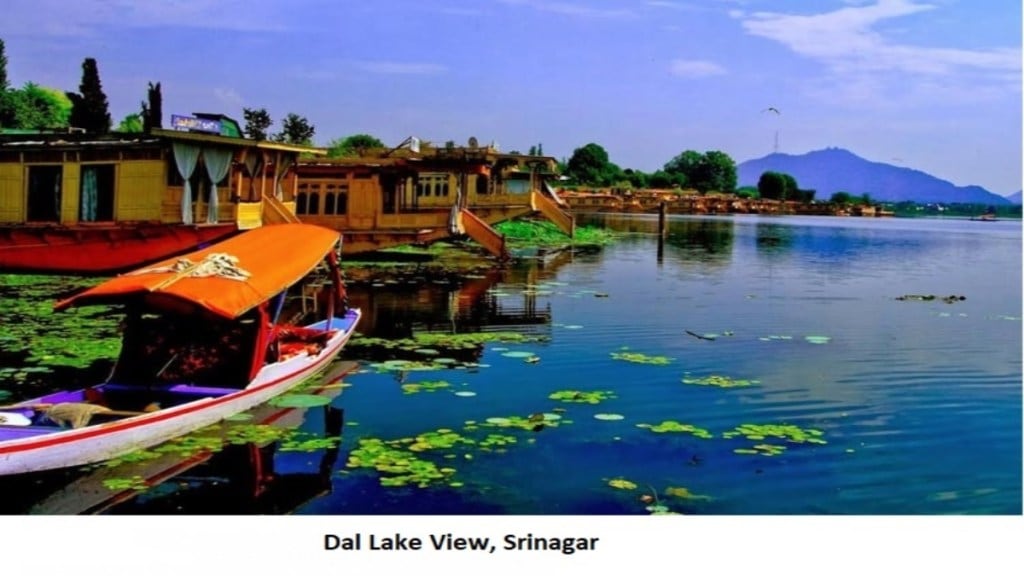By Farooq Wani
Freedom to search for imparting and acquiring information in the interest of the public good remains as relevant today as it was in the past. May 3 is the month and day that reminds us as a people as also those who administer laws and services being our political and socio-economic representatives (governments) to maintain unwavering commitment to freedom of speech, especially freedom of the press (media) to ensure ethical and professional progression of society.
May 3, 2024 marked the 31st edition of World Press Freedom Day. On this occasion, it would be appropriate to reflect on how Jammu and Kashmir (J&K) fared in the year gone by as regards promoting information dissemination and ensuring every Kashmiris fundamental right to express his or her view?
Even though J&K has a population of just about 14-15 million, which is less than most metropolitan cities of India, it has an impressive number of daily and weekly publications in circulation. A recent count listed approximately 250 to 275 print publications, including around 80+ English dailies, 29 Urdu and 22 Hindi dailies. A further breakdown reveals that the Kashmir Valley alone has over 160 publications. In addition, there’s a thriving regional television network and social media as well.
The abrogation of Article 370 in August 2019 has had an impact on press freedom in J&K. Within a year of the article’s revocation, the UT of J&K administration announced a new media policy that sought to highlight welfare, development and progress of the people in an effective manner.
Its broad objective is utilisation of all media assets to build public trust, foster positivity and enhance public awareness about various government policies, plans and programmes. On the other hand, with the passage of time, we now see the regional administration gradually encouraging the public to give feedback on the impact of welfare and socio-economic development measures that have been introduced from time to time.
Simultaneously, efforts have been made to prevent misinformation, fake news and be alert to counter attempts to incite separatism, communal passions, violence, etc. Compared to the past, J&K has been relatively peaceful over the past five years. Historically, while the press in J&K has largely been secular, political expediency often resulted in imposition of restrictions on media freedom. Needless to say, such attempts sent out wrong signals to the international community.
Leveraging electronic and online media to enable greater citizen connect and engagement is the direction in which the UT administration is presently moving. While radio broadcasts continue to be the preferred mode of information dissemination and communication, television and satellite channels also play an important role in the overall scheme of things.
Of particular concern to the local administration is the impact of social media, i.e. Facebook, X, Instagram, etc., which of late has emerged as major influencers of the public opinion. Last year, new social media rules were introduced to prevent government employees from criticising their employers’ policies. As per the government, this directive was aimed at maintaining discipline and ensuring adherence to established public service sector guidelines.
Instances of government employees contravening these guidelines were observed, including sharing of classified information. To prevent such breaches, strict orders were issued. However, the UT administration took pains to clarify that constructive use of social media for disseminating government policies is permissible, but criticism of government policies is prohibited.
That print media is fast losing its space in India is an undeniable fact and J&K is no exception. With people becoming heavily reliant on mobile phones and the internet to get access to any kind of news and information, many publications in the print space are shifting to the online mode.
The administration’s current advertising policy is also undergoing a shift away from traditional media, and moving to support new media and newer communication mechanisms.
Media tours and field visits for media persons are organised from time to time to ensure greater outreach in accessing information on socio-economic as well as development works.
Returning back to the question of freedom of the press in J&K one finds that reports appearing in the public domain indicate that we in India are falling short of acceptable global standards. While the establishment accuses journalists of indulging in unethical practices many feel that these allegations are made merely to justify restrictions on reporting by the media.
Journalism in Kashmir has never been a cakewalk as scribes here still have to walk a tightrope, balancing between meeting government standards of disseminating information and saving themselves from potential threats of physical harm from extremists. There’s also the ever looming fear of incarceration by the authorities.
Kashmir’s media is heavily dependent on revenue from UT government advertising and not receiving government advertisements could well sound the death knell for a print media publishing house. So, the fear of falling out of the government’s favour impels local media from being overly critical of the establishment and its policies.
As per Paris-based Reporters sans Frontières [RSF], an international non-profit and non-governmental organisation focused on safeguarding the right to freedom of information, India ranks 161 out of 180 countries in the world in terms of press freedom. New Delhi denies the claims that press freedom is deteriorating in Kashmir or that journalism in the region is in danger.
The author is Editor Brighter Kashmir, Author, TV commentator, political analyst and columnist. Email: farooqwani61@yahoo.co.in
Disclaimer: Views expressed are personal and do not reflect the official position or policy of Financial Express Online. Reproducing this content without permission is prohibited.

